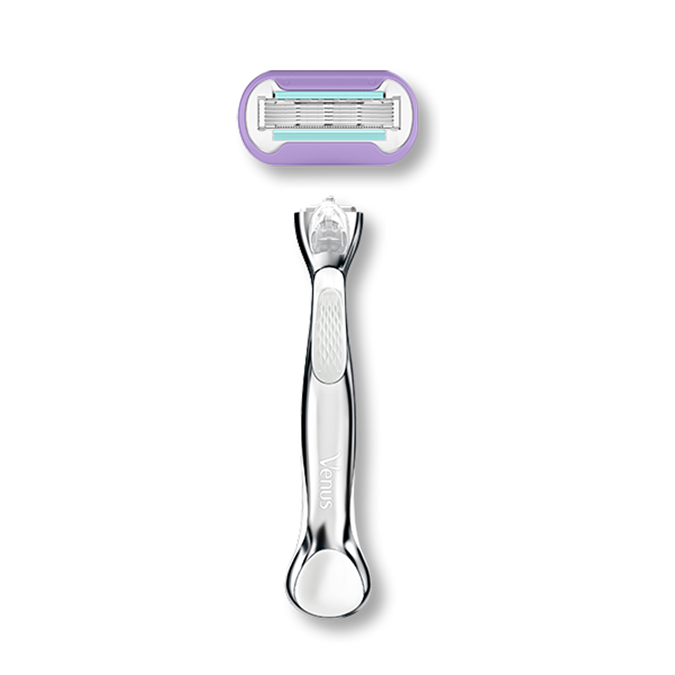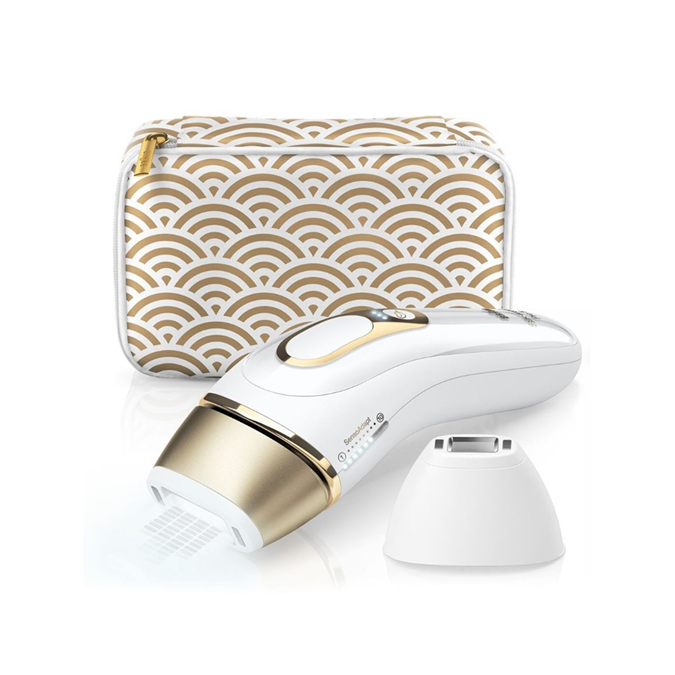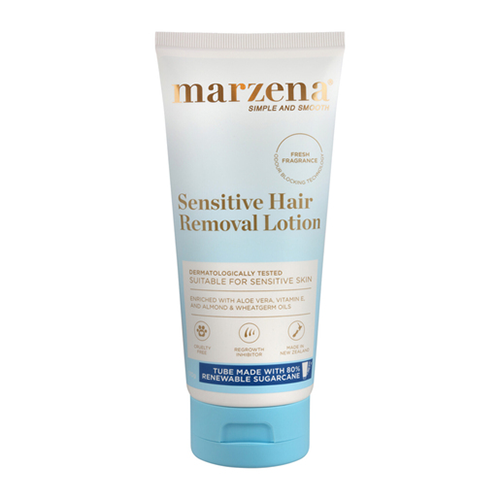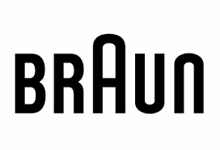How to beat the downsides of hair removal
By Delaney Loane
Digital Beauty Editor / September 22 2023

Whether you’re a waxer, shaver or an at-home laser lover
By Delaney Loane
Digital Beauty Editor / September 22 2023
If a genie were to grant us three wishes, we’d have our requests locked and loaded: an eternal supply of Malteasers (obviously), the ability to bring Seth Cohen to life (he may be fictional, but our love is real), and of course, to never have to worry about hair removal again.
Seems like a lot to ask, we know, but let’s be honest: hair removal can be very tricky business. It’s hard to know which strategy (waxing, shaving, laser, etc.) suits you best, and even when you find your fit, it can still be a tough slog dealing with the downsides that come with each one.
However, considering said genie is evidently taking its sweet time getting here, we’ll come to your rescue instead. We’re breaking down exactly how to beat the downsides of hair removal, whatever method you choose…
At-home hair removal #1: Shaving
The gist
Shaving (which works by removing hair at the skin’s surface) is no doubt one of the most convenient and affordable options upfront. You can hop in the shower whenever you need to nix any regrowth (no appointment necessary unless you share a bathroom), and a new set of razors will only set you back a few bucks each time.
The downsides
Removing the hair may be a speedy process, but unfortunately so is its return. Regrowth happens quickly, and a fresh run of the razor is usually required every other day. Another downside? Even though the ‘growing back thicker’ myth is, well, just that, it is true that it can seem thicker as hair appears blunt rather than tapered when first coming through. Ingrown hairs, shaving rash, nicks and cuts are also definitely all in the realm of possibility, too. Don’t worry, we’re wincing too…
The solutions
You can definitely set yourself up for success with an informed razor choice: we recommend the Venus Deluxe Smooth Platinum Razor, as its premium metal handle allows for total control during your shave white also delivering a dose of moisture that helps protect from nicks and cuts. As for those god-awful ingrown hairs, make sure your razor is always rust-free and sharp. If your razor blade pulls at your hair, feels rough on your skin or you notice more skin irritation than usual, it’s time to switch your blade out. Rinsing between strokes can definitely help to keep things extra hygienic, too.

Venus Deluxe Smooth Platinum Razor
At-home hair removal #2: Waxing
The gist
The waxing method temporarily removes hair at the root, leaving skin smooth for two to six weeks depending on hair type and thickness. Hair removal sessions will be less frequent, absolutely, but unless you trust your at-home strip-removing skills, you’ll need to factor in the appointment booking that comes with preferring a professional touch.
The downsides
Wax generally needs a decent amount of regrowth (about the length of a grain of rice to be specific) to grab onto, so ‘smooth all the time’ isn’t exactly an option. We won’t mince words either; it’s not exactly a pain-free experience. Besides the initial discomfort-factor, you’ve also got to consider the ingrown hairs and irritation that can occur post-wax if you don’t prep right.
The solutions
Our top tip? Avoid working out or wearing tight clothes for at least six to eight hours either side of your wax. Any redness or rashes (that often crop up as you exercise or fabric causes friction with skin) will only exacerbate the pain. Try to exfoliate your skin a day or two ahead, too, so you can buff away any dry patches – on top of helping to limit ingrown-hair-issues, a gentle exfoliation will also help the wax to get a good grip on the hair, rather than the skin, because (spoiler alert) the latter hurts. A lot.

@hoskelsa
At-home hair removal #3: IPL
The gist
IPL (which stands for intense pulsed light, FYI) is a technology designed to offer long-term hair removal results – who needs aforementioned genie after all, huh? It’s pretty fancy technology – IPL actually uses the light to target hair follicles, slowing and preventing hair regrowth, before eventually inhibiting new growth altogether after a few sessions.
Our fave IPL gadget? The Braun Silk Expert Pro IPL 5 Long Term Hair Removal Device. Not only can it be used with fake tan (which those of us partial to a good faux glow definitely appreciate), but it’s as versatile as it is effective. It comes equipped with an impressive ‘glide function’ for quick and easy use, and allows for extreme precision, which makes tackling tricky (or sensitive) parts of your body (AKA your face, bikini area and underarms) a breeze. It’s also practically pain and friction-free – a giant win for anyone with sensitive skin, or anyone who has ever waxed or sliced their shin while shaving.
The downsides
The only major downside that comes with IPL is the fact that it’s not suitable for every hair and skin colour combo: as a general rule, you should steer clear if your hair is particularly light or your skin is particularly dark, as the device may not be able to differentiate between hair and skin if there’s not enough contrast between them.
Some might also see the investment that comes along with an at-home IPL device as a con (a reliable one tends to go for around $999), but more on that in a minute.
The solutions
First up, let’s talk about suitability: to make sure at-home IPL is a good fit for you, we advise taking a good look at this skin chart. If your general colouring checks out via the chart, we’ve got great news: Braun’s Silk-Expert Pro device features a SensoAdapt skin sensor which allows it to continuously adapt to your skin tone in order to effectively and safely find each hair follicle.
As for the price, it’s not as much a solution as it is a justification, because when you think about it, the price isn’t really a con, it’s just a factor. Do a quick ‘cost per use’ sum and it’s crystal clear that at-home IPL is the most cost-effective option all up. For example, the Braun Silk-Expert Pro delivers up to 400,000 flashes (which is equivalent to full body treatments for up to 22 years).
We’ll do the math for you: the $999 price tag broken down over 22 years means you’re only spending $45 per year on hair removal as a whole. Try adding up the costs of your razors or wax appointments over two whole decades, and you’ll no doubt understand why this option is a winner…

Braun Silk Expert Pro IPL 5 Long Term Hair Removal Device
At-home hair removal #4: Depilatory Cream
The gist
Depilatory Cream is basically the lesser opted for but still super practical hair removal technique. Formulated with certain chemicals (yikes, we know), they work to break down the keratin in your hair follicle, making it able to be wiped away. Unlike waxing (or plucking) it doesn’t actually remove the bulb of your hair follicle. But it’s time-friendly, easy to do in your shower and a heck of a lot less painful than waxing!
The downsides
Beauty is pain is a common saying, but let's just clarify here. If you’re feeling any pain with depilatory cream, something is NOT right. Because the formulations are designed with chemicals to break down the hair you’re at risk of giving yourself chemical burns (BIG no no). Because the bulb of the hair is left behind, ingrown hairs are always a possibility. And most depilatory creams are not sensitive-skin friendly formulations, so be careful which bottle you grab!
The solutions
To avoid chemical burns (they’re rare but they can happen), ensure you’re reading the instructions on the bottle and not exceeding the time limit. With almost all hair removal options, we’re always at risk of ingrown hairs, so follow up with a gentle exfoliant to loosen the hair follicles. As for sensitive areas (because we’re all keen to get rid of the dreaded bikini line) we suggest reaching for Marzena Sensitive Hair Removal Lotion; its gentle formula can be used on those areas without causing irritation.

Marzena Sensitive Hair Removal Lotion
Main image credit: @jastookes
Ready to hydrate after your hair removal session? Here are our top body moisturisers...







